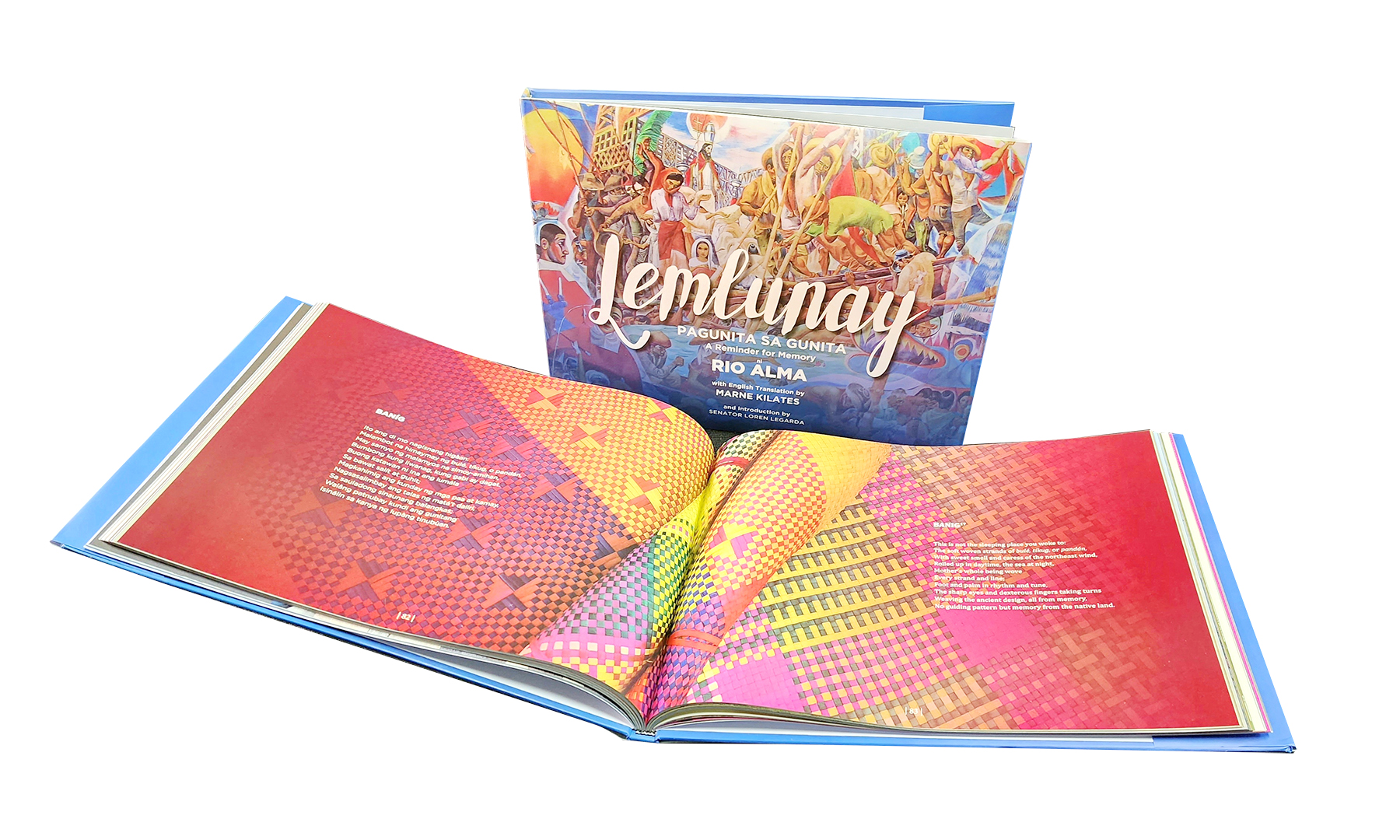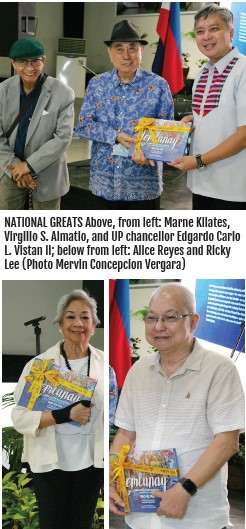A reminder for memory
National Artist Rio Alma launches latest book of poetry
At A Glance
- Published by NCCA and using his pseudonym Rio Alma, <i>Lemlúnay: Pagunita sa Gunita</i> features 30 of Almario's poems written in Filipino in the last six years, from 2018 to 2023

Launched this month was Lemlúnay: Pagunita sa Gunita (Lemlúnay: A Reminder for Memory), the latest collection of poetry by National Artist for Literature Virgilio S. Almario. The launch caps a prolific year for the former chairman of Komisyon sa Wikang Filipino and National Commission for Culture and the Arts (NCCA).
This year, Almario launched Mga Póon, Mga Piyón, Mga Pusóng, Isang Púsong, a collection of poetry published by San Anselmo Publications, Inc., on March 12, on his birthday; Ang Wikang Pambansa at Amerikanisasyon: Isang Kasaysayan ng Pakikihamok ng Filipino para Maging Wikang Pambansa, published by Ateneo de Manila University Press; and the third edition of Si Balagtas at ang Panitikan Para sa Kalayaan, published by University of Santo Tomas Publishing House.
Organized by the NCCA, Office of Senate President Pro Tempore Loren Legarda, Filipinas Institute of Translation and Linangan sa Imahen, Retorika, at Anyo, the launch event of Lemlúnay: Pagunita sa Gunita at the Ignacio B. Gimenez Gallery at the University of the Philippines in Diliman, Quezon City, was aptly a literary celebration attended by esteemed writers, artists, historians, academicians, and cultural workers, including National Artist for Dance Alice Reyes, National Artist for Film and Broadcast Arts Ricky Lee, National Artist for Music Ramon Santos, and UP Chancellor Edgardo Carlo L. Vistan II.

Published by NCCA and using his pseudonym Rio Alma, Lemlúnay: Pagunita sa Gunita features 30 of Almario’s poems written in Filipino in the last six years, from 2018 to 2023, accompanied by excellent English translations by poet Marne Kilates, who wrote his thoughts on translating the work as well as the significance of the poems.
The book is one of Almario’s most visual books with photographs by journalist and publication designer Roel Hoang Manipon, and design by Manipon and Mervin Concepcion Vergara, adding additional ways of seeing and interpreting.
The title of the book is a term that denotes the concept of paradise in the mythology of the T’boli people of southern Philippines, signifying the aspiration or dream of a better country through a deeper and critical reflection on our history and culture and interactions with cultural products.
In his speech, Almario provided the context in which the book was written, saying that it is a product of his search for new methods and ways of writing poetry and seeing our history and culture that is more Filipino and divested of colonial influences.